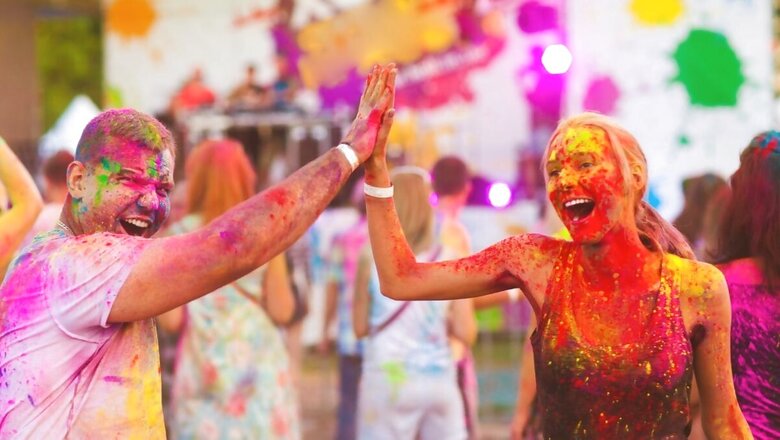
views
Holi is a colourful festival that captures the hearts of millions of people in India and around the world. Holi celebrates the triumph of good over evil, the arrival of spring, and the joy of life.
According to the Hindu calendar, Holi is celebrated around the end of the month of Phalguna. The festival opens on the evening of Purnima with the lighting of a bonfire in remembrance of the burning of the demon Holika. The next day when people play Holi is Padwa, the first day of the Hindu month of Chaitra. The corresponding Gregorian calendar dates will be March 24 (Sunday) and 25 (Monday). The first day is also referred to as Chhoti Holi.
This two-day vibrant festival is marked by splashing water on family and friends while colouring them with gulaal. It is believed that during this festival, people forget their differences and come together to enjoy the colourful festivities by singing, dancing, and eating delectable food.
Holi 2024: 10 Things To Know About The Festival Of Colours
Origin of Holi
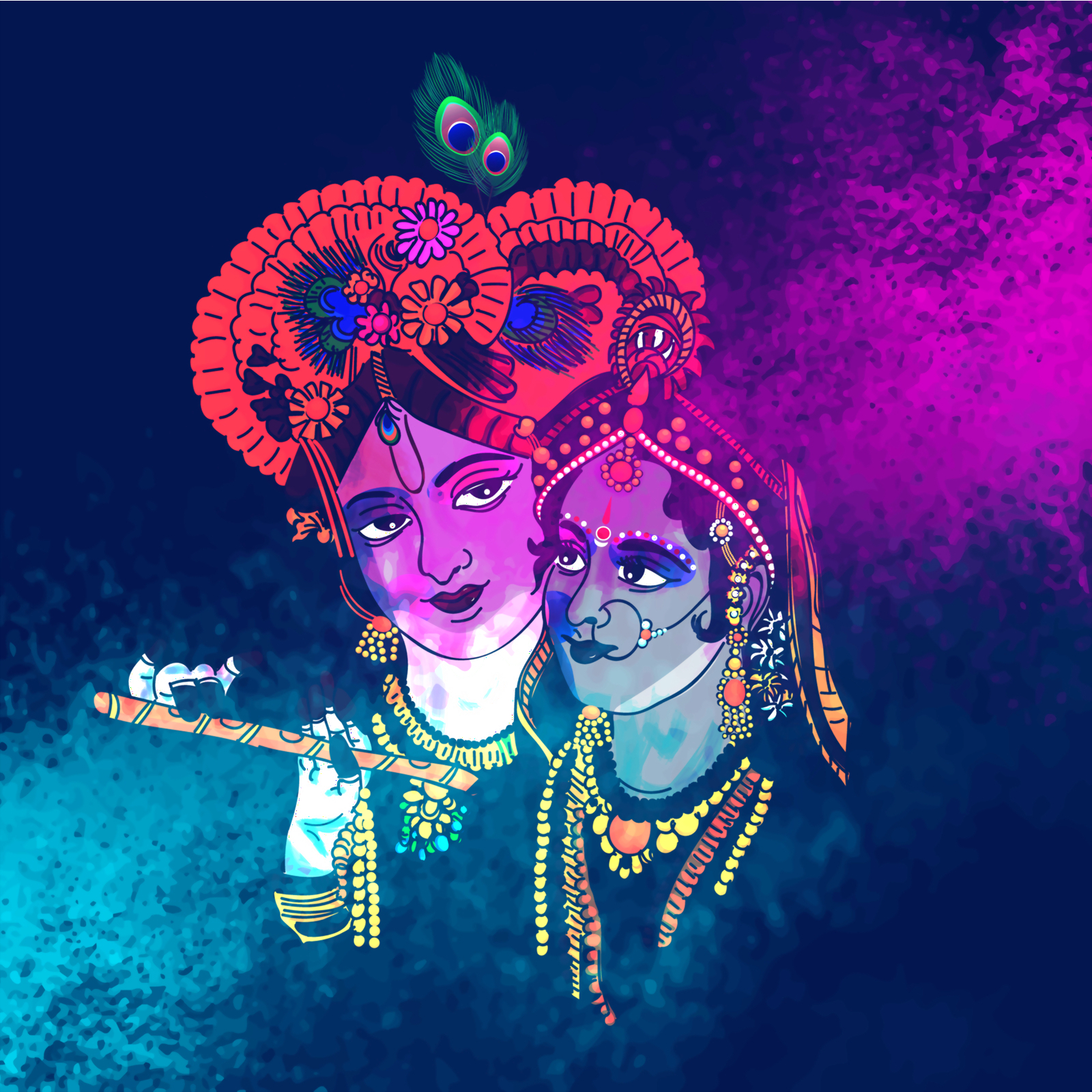
According to the Hindu calendar, Holi occurs on the last full moon of the winter season. It is traditionally celebrated in Northern India but has spread throughout the country.
As per legend, a demon king named Hiranyakashyipu demanded that everyone worship him as a god. However, his son, Prahlad, opposed him, making the king angry. Hiranyakashyipu devised numerous evil plans to murder his son but failed miserably. Finally, the king’s sister, Holika, a sorceress, decided to kill the boy. She would sit in a massive bonfire with Prahlad, and while her magical abilities would protect her, the boy would perish. However, her plans also failed. The boy survived, but the sorceress burned to ashes.
In many places, the Holi festival marks the end of the cold winter season and the beginning of warmer weather, but it also commemorates the triumph of good over evil. People in Mathura, Uttar Pradesh, celebrate Holi as a celebration of Lord Krishna’s love for Radha, by reenacting scenes from their lives.
Traditional Holi Drink
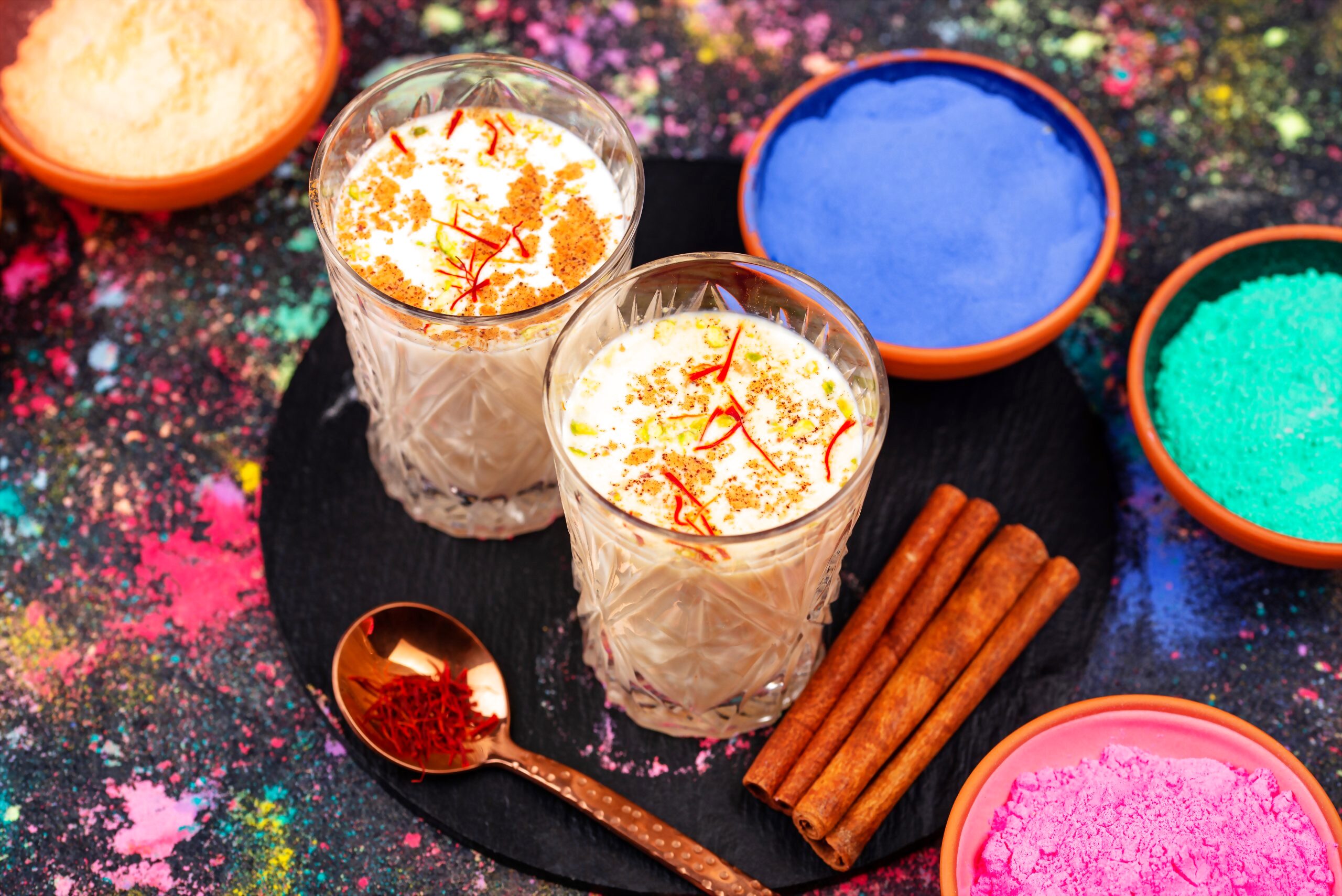
Holi would be incomplete without the traditional bhang, a drink made from fresh cannabis leaves. A few days before Holi, bhang enthusiasts come together to complete the laborious task of separating the buds and leaves from the Cannabis sativa plant and grinding them into a paste. As a special treat, the mixture is combined with traditional sweets or sweetened almond milk.
Flavours of Holi

There’s no denying that Holi is associated with delicious food. Previously, people would begin preparing for this colourful festival a week in advance by making amazing snacks such as Namak Pare, Mathri, Laddoos, Kachoris, and, most importantly, Gujiyas! This sweet snack is made in almost every Indian household by deep-frying mawa and dry fruit-stuffed dumplings.
Traditional Sweets
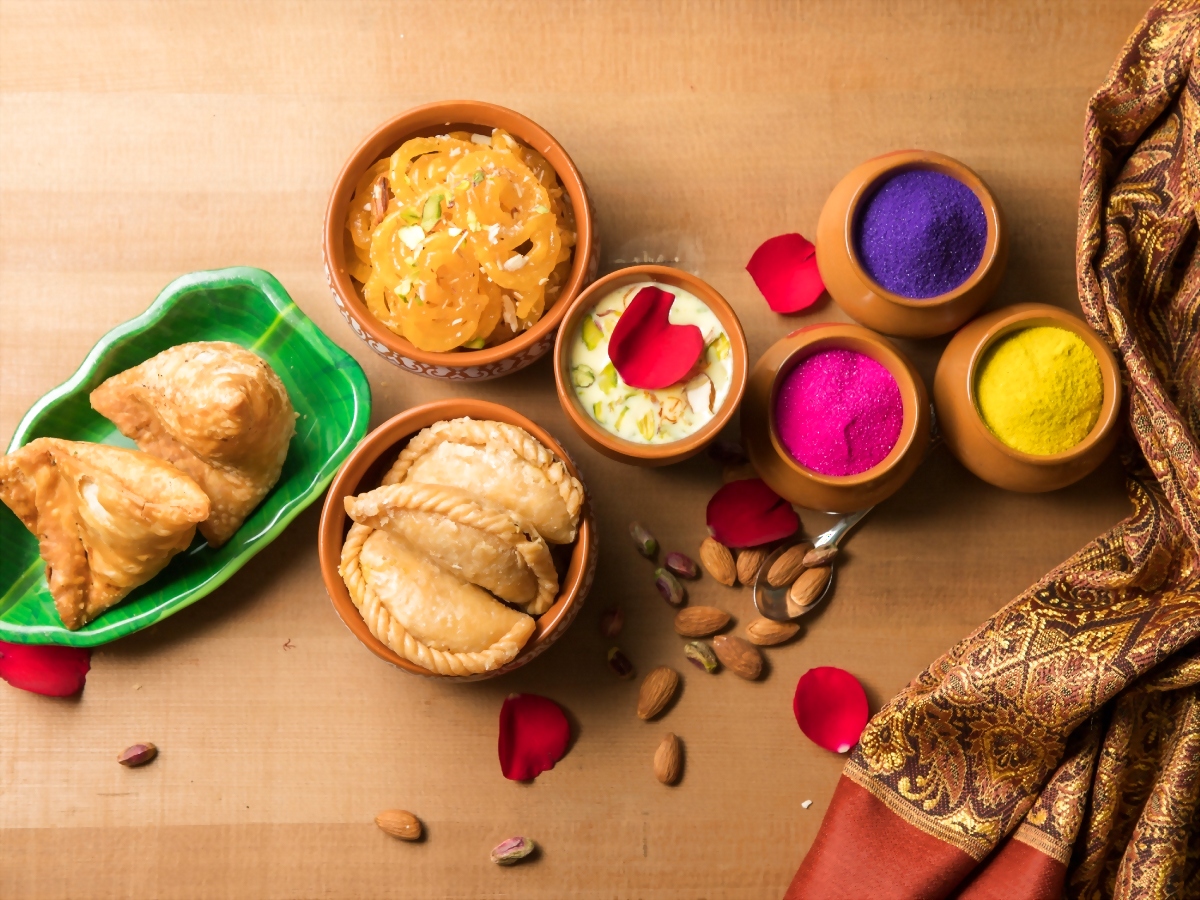
Traditional sweets are a must-have during any Indian celebration, and Holi is no different. The traditional Holi treat is gujiya, a sweet dumpling stuffed with nuts and khoya (milk solids). Malpua (fried pancakes), jalebi (spirals dipped in syrup), and thandai (a cool milk beverage) are a few other popular sweets.
Holi Songs
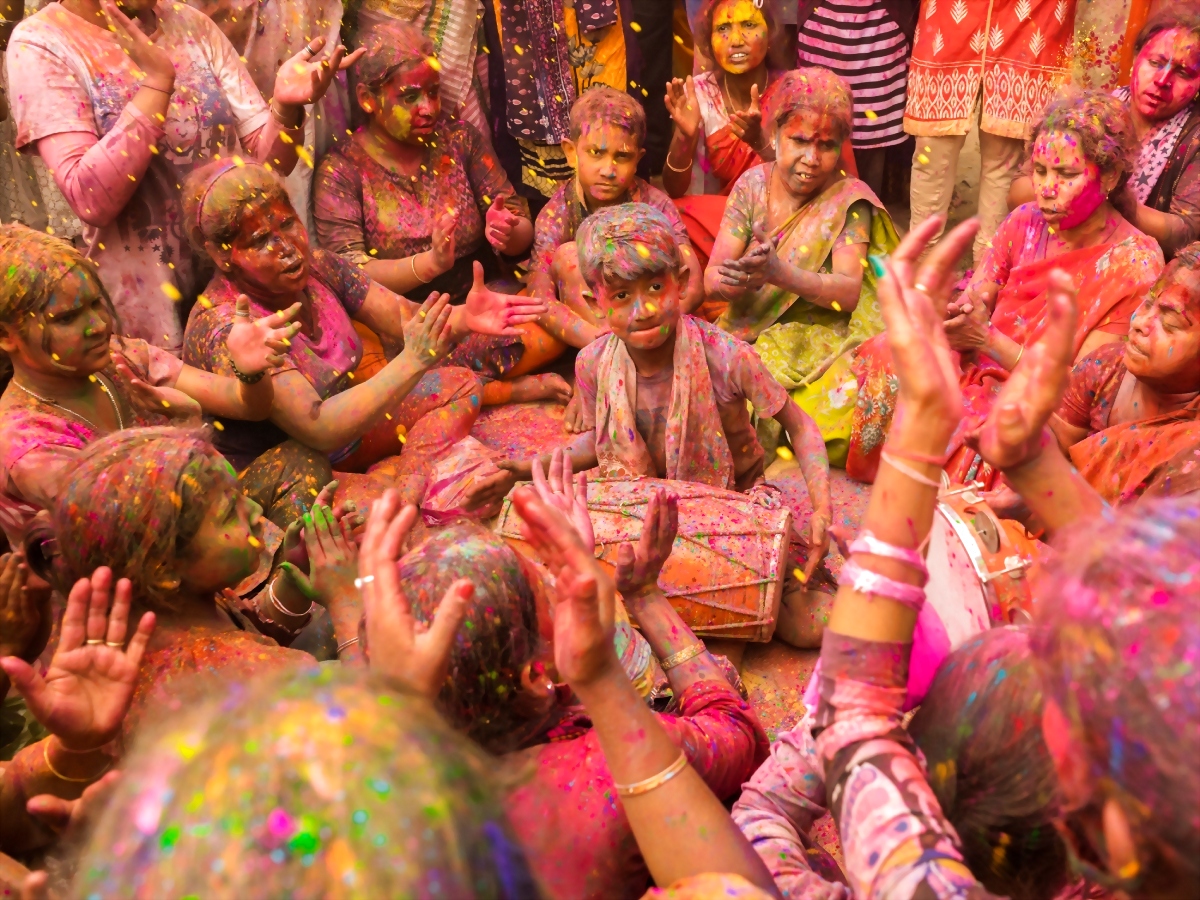
Holi is celebrated with songs, including folksongs and Bollywood hits. Many songs, particularly Bollywood hits, have become synonymous with Holi over the last few decades. Amitabh Bachchan’s Holi song – “Rang Barse” (It’s Raining Colours) is the quintessential Holi song, filled with dancing, adulterous flirtation, and sexual innuendo.
Significance of Holi

This popular Hindu festival celebrates the start of the spring harvest season and the end of winter. Holi is celebrated in the Hindu calendar month of Phalguna, with festivities beginning on the evening of Purnima (Full Moon Day).
The Bonfire Ritual

People gather around bonfires on the eve of Holi to perform a ritual known as Holika Dahan. This symbolises the victory of good over evil and commemorates the burning of the demon Holika. The bonfire represents the dispersal of negative energies and the purification of the soul.
Colours Galore

The vibrant colours that fill the air are the most recognisable aspect of Holi. People throw coloured powders and water at each other, resulting in a colourful kaleidoscope. These colours have symbolic meanings: red represents love and fertility, blue represents the divine, green represents new beginnings, and yellow represents piety and knowledge.
Water Fights
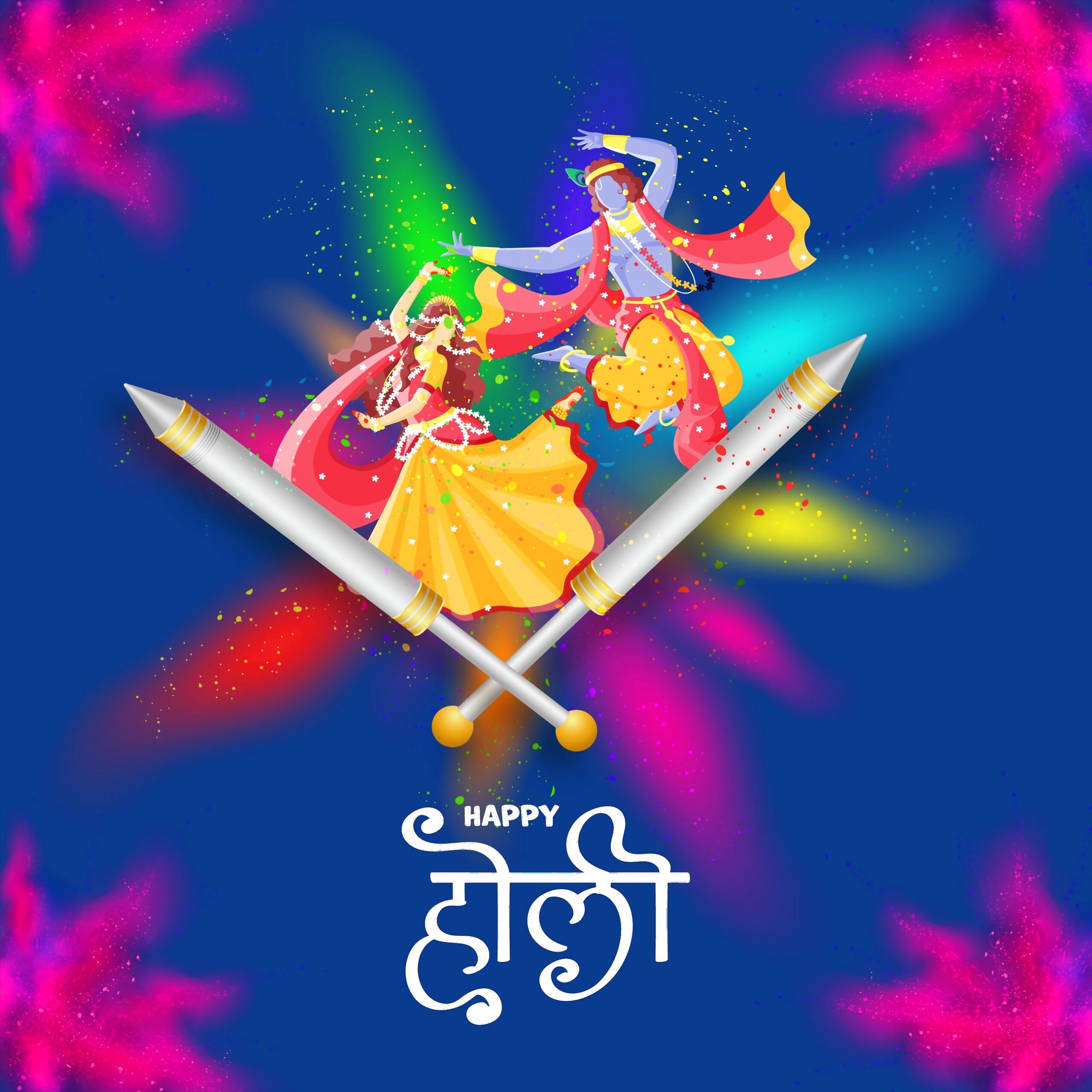
Playful water fights during Holi include water balloons, water guns, and buckets of coloured water. Young and old alike enjoy drenching each other, breaking barriers, and spreading joy. It’s a delightful way to get into the festival’s spirit of camaraderie and let go of inhibitions.
Brotherhood and Unity
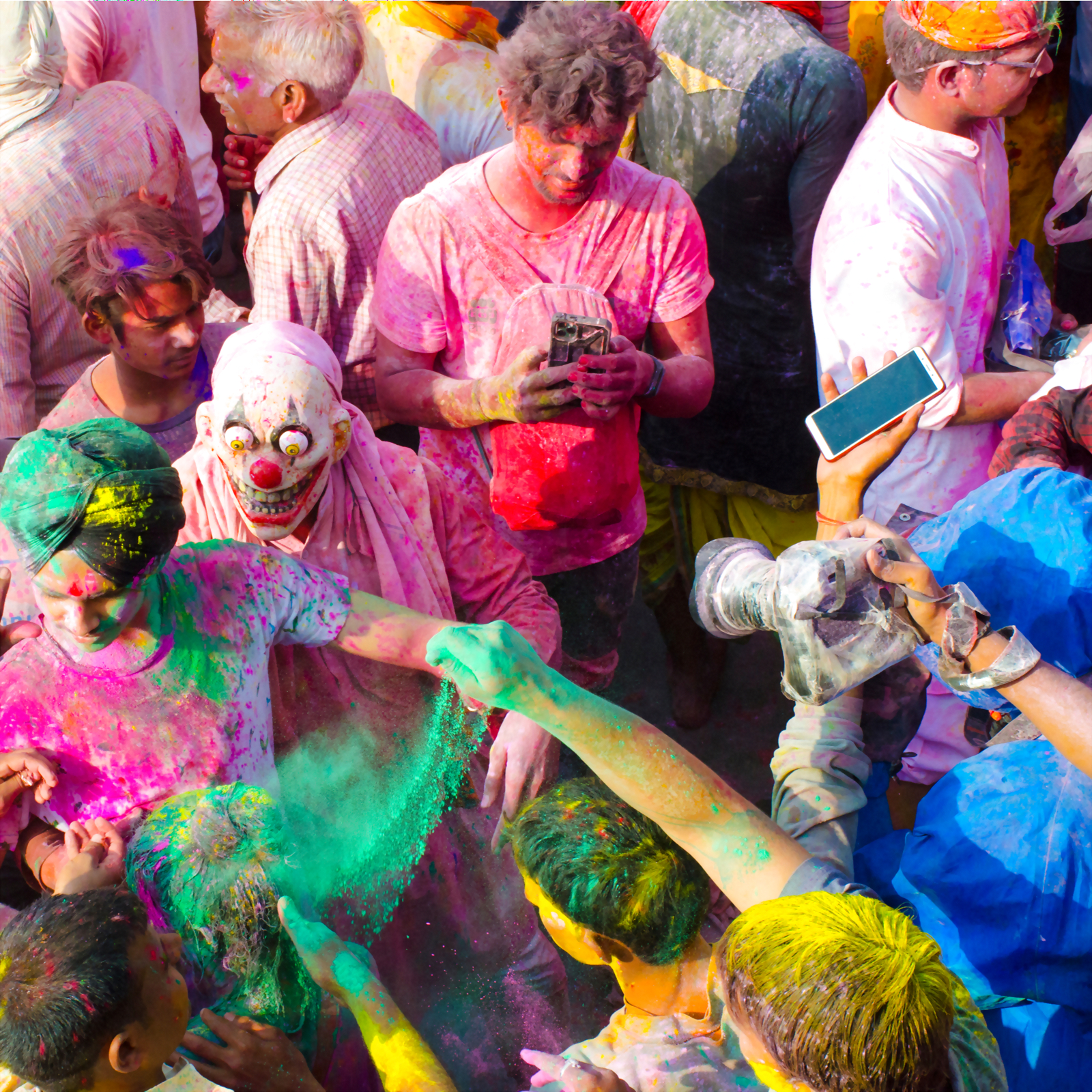
Holi breaks down social barriers and encourages unity and brotherhood. During this festival, people put aside their differences and embrace the spirit of love and togetherness. It is time to mend broken relationships, forgive, and begin again.












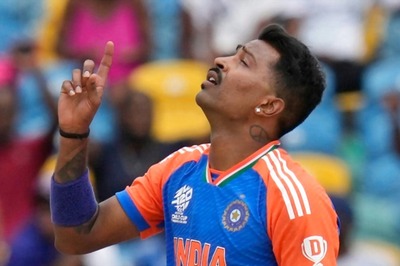



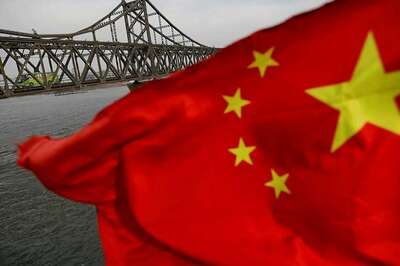


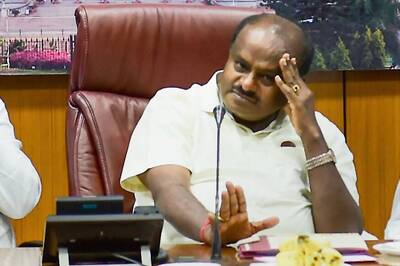
Comments
0 comment